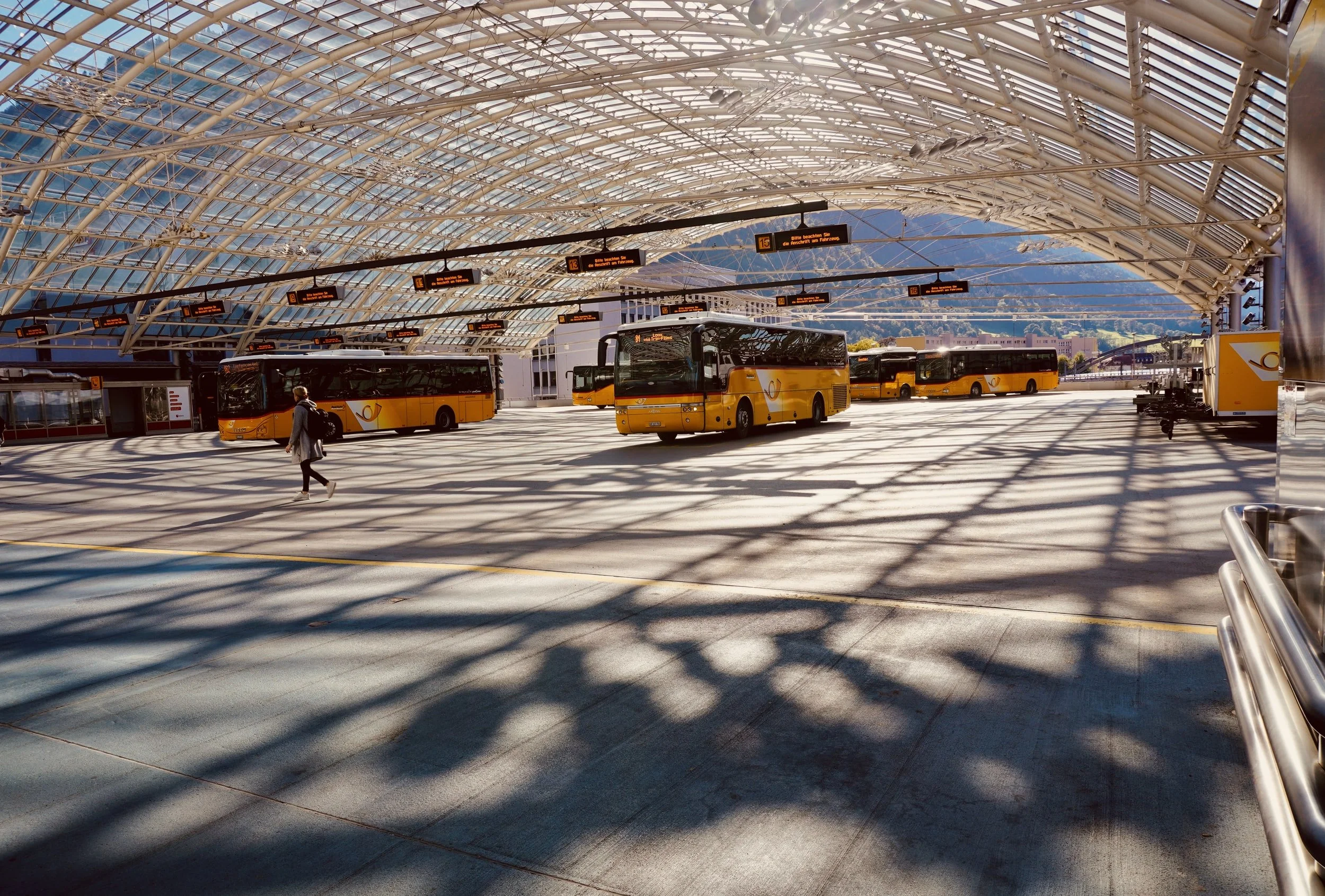In This Detroit Neighborhood, Pocket Parks Double As Sheltered Bus Stops
In This Detroit Neighborhood, Pocket Parks Double As Sheltered Bus Stops
By Claire Marie Porter, Next City, September 17, 2020
Special rules: Please include the tracking pixel below the story when republishing.
Northwest Goldberg, home of the Motown Museum, is a half-square mile, predominantly Black neighborhood in west Detroit. NW Goldberg Cares, a nonprofit created by Daniel A. Washington in 2017, has transformed seven vacant corner lots in the neighborhood into parks over the past three years, and most recently completed its eighth, called the 6326 Rest & Ride Park, reports Model D Media.
A formerly empty lot with only a bus stop sign at the intersection of Linwood and Ferry Park on the 29 Linwood bus route has been transformed into a small haven with a sheltered bus stop, tidy rubber mulch pathways, plants and flowers, and a mural designed by a local artist that depicts actual residents gathered and waiting at the stop, the Model D report says. The project straddles and addresses two concerns plaguing many disinvested neighborhoods: a need for green space and transportation disinvestment.
“The cool thing about this project is it was supported at every level locally,” Washington told Model D Media. “We really believe this project is instrumental in serving those who use the current public transit system.”
The park was funded in collaboration with the Michigan Economic Development Corporation’s Public Spaces Community Places grant program and a Patronicity crowdfunding effort, resulting in more than $25,000 to create and maintain the park.
One-third of Detroit residents don’t have access to a car, and are more likely to be poor, Black, and female, according to a University of Michigan transportation study. They rely heavily on the city’s bus system, which handles an average of 85,000 rides a day, with 5,400 bus stops scattered throughout the city. Approximately 240 of those bus stops are sheltered, according to a Wayne State University Study.
Detroit in particular was a public-transportation-poor city until 2015, when Vice President Joe Biden guided federal funding to Detroit to supply 50 additional buses and revitalize 100 more. The additional buses made it possible for the city to fully cover its posted routes, Next City reported at the time.
The greening of vacant lots, while not a new idea, has taken on renewed interest in recent years as environmental justice issues in disinvested communities have surfaced. Cleveland, Detroit, Baltimore and Philadelphia have been cities at the forefront of the greening movement.
“The strategies pioneered in Cleveland and Philadelphia have been embraced by hundreds of towns and cities across the United States, while research has identified clear benefits from greening in the form of improved health, healthier food, lower crime and higher property values,” wrote author Alan Mallach in a book excerpted by Next City in 2018.
Greening has been shown to have positive physical and mental effects on residents, reducing violence and stress, and improving moods — especially when the community is involved in the planning of the greening process.
Tracking Pixel:
<img src="https://www.google-analytics.com/collect?v=1&t=pageview&tid=UA-2562581-1&cid=2a8cb764-9c30-46f3-be21-c79ba63284c3&dh=nextcity.org&dp=%2FSJN%2Fdaily%2Fentry%2Fin-this-detroit-neighborhood-pocket-parks-double-as-sheltered-bus-stops&dt=%5BSJN%5D%20In%20This%20Detroit%20Neighborhood%2C%20Pocket%20Parks%20Double%20As%20Sheltered%20Bus%20Stops" />






